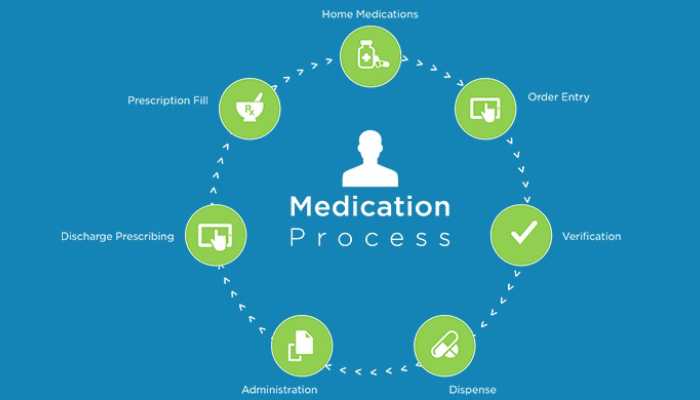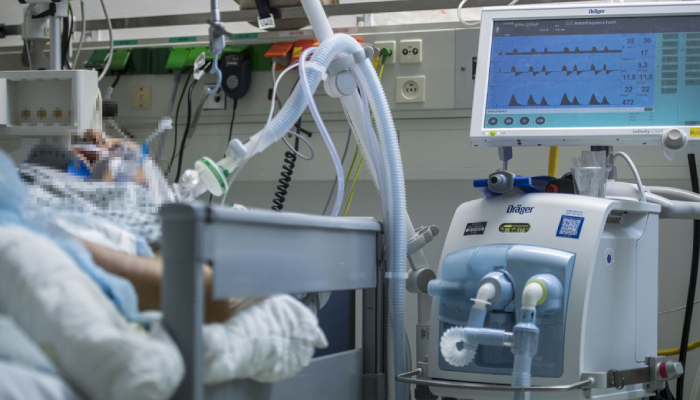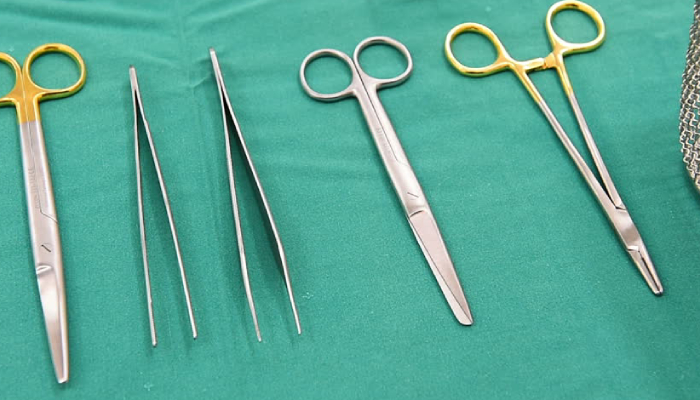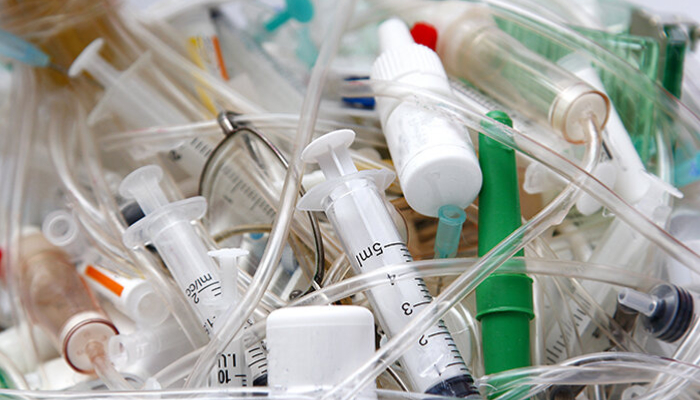Medication Processes: Key Elements That Help Improve Them

The Three Indispensable Benefits Of Hospital Management Software
February 20, 2020
Know the difference between MRI scan and CT scan
February 24, 2020The First Two Elements: Info On Patient And Drug
Medication processes are complex. They comprise of several small methods like prescribing of medicine, processing of prescription, dispensing, administering and monitoring. Because the medication processes are complicated, there are a few key elements that can help streamline it and make it more efficient.
That’s the topic of discussion today – how can medication processes be made better?
The first two elements that are essential to medication processes is information on the patient and the drug.
.When you have accurate patient information when a drug is prescribed, dispensed and administered, it reduces or completely prevents ADEs – adverse drug events. Therefore, it is critical to obtain the following pertinent information:
- Demographics: age and weight
- Clinical: allergies and lab results
This data helps practitioners in choosing the right medication, the correct dose and the most effective route of administration!
Read More About : The Three Indispensable Benefits Of Hospital Management Software
.When healthcare providers are aware of all drug information, it again prevents or lessens any ADEs. Therefore, accurate and up to date data on all medication should be readily accessible to any practitioner via a number of sources like:
- drug references
- formulary
- protocols
- dosing scales
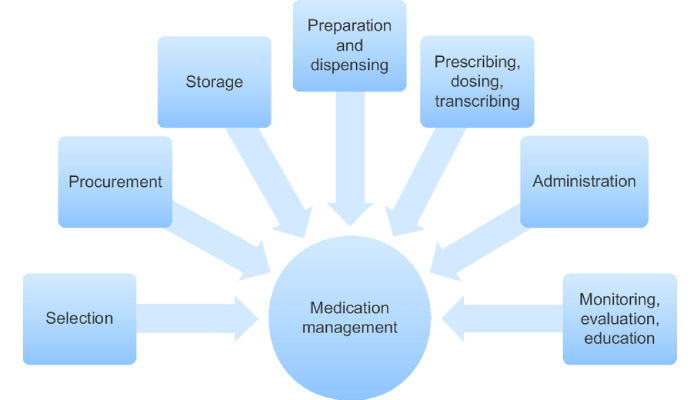
The Next 3 Elements: Communication, Labelling And Stocking
The next three aspects that help streamline medication processes are the communication of drug information, correct labelling of medicine, and standardising stock in patient care areas.
- One of the most common errors in medication processes in miscommunication between doctor, nurse and pharmacists. Therefore, proper communication of information and verification of the same can minimise any mistakes.
- Another significant contributor to errors is drug labels that look similar or names that sound the same. To decrease any mistakes during medication processes, drugs should not only be appropriately labelled with the right unit dose systems but also have a very distinct packaging.
- To further minimise the consequences of administering the risk of wrong dose, the drug stock available in patient care areas should be standardised. By limiting the dose concentration, drug concentration and administration errors will lessen.
The Final 4 Elements: Devices, Environment, Staff And Risk Management
The last four features that can help improve medication processes are checking all drug devices, creating the right environment, training staff and investing in risk management.
- Before the purchase of a drug delivery device and before it is used, a safety assessment should be conducted. Double-checks should be put in place to prevent any errors in the equipment like the wrong medication or the incorrect rate or mixing of infusion lines.
- Poor lighting, a heavy workload, constant interruptions and constant noise are some environmental factors that lead to mistakes in medication processes. Thus, investing in a well-designed system that removes these environmental factors is essential.
- Educating and training the staff on a new medication, previous medication error, high-alert drugs, protocols, procedures and policies are vital to reducing any mistakes.
The very last thing that helps make medication processes better is by focusing on problems that lead to an error instead of finding a way to correct mistakes. In simpler words, focusing on risk management. One such strategy is to make it difficult for any staff member to make a mistake. Another is to reward the detection of errors and correcting them before they create a mishap or harm a patient.
These were the nine factors that help reduce error rates in medication processes.

